The northward migration is over for all practical purposes and now all birds in the northern hemisphere are nesting and raising their next generation. This will last anywhere from another week to another two months. Those birds that are already done — who started nesting early or their nesting season is very short — will start their southward migration before the end of June. This may be short-distance post-breeding dispersal — typically of colonial nesting gulls and terns. Or it may be long distance southward migration, especially of arctic-nesting shorebirds that would not have enough time to re-nest in their shore summer breeding season.
Now is also the season for baby birds. It usually takes two weeks or less for a recent hatchling to get big, grow feathers and leave the nest. The most important thing to know is that their parents know best how to raise their youngsters, which may look helpless as they are often by themselves and can barely fly and/or flutter around. But their parents are around, whether you see them or not. The best thing to do when you find one of these birds is to leave it alone. Their parents know best how to provide proper care for them, get the correct and most nutricious food for them and teach them how to avoid predators. They alone know how to teach them how to find their own food and fend for themselves.
The only time to intervene is if the youngster is in immediate danger, for example on a road or about to be attacked by a cat. Then it is best to quickly and quietly move them to a more protected nearby location, then move away to a safe distance and watch the adults return. The adults are watching and will find them and continue to take care of them. And if you have a cat, please keep it indoors so they will not catch the vulnerable youngsters. Cats are hunters, and even the best fed cats hunt. Depredations by cats are one of the major sources of human-caused avian mortality. I cannot emphasize this enough — please leave baby birds alone in most all situations. It is fascinating to move to a safe distance and watch the parents do what is best for their youngsters.
Bird Sightings
Tracy Morgan, Lanny McDowell and Jeff Bernier have all watched a family of American oystercatchers on Norton Point this week. You are too close to the family if the oystercatchers are really noisy and are staying near you, or if the chicks are running away from you or are hiding. If these things are happening, please move further away until your presence is not affecting their behavior. Then watch. As Lanny reminds us, noth ing is much more fun than watching a family of three oystercatchers chicks actively running around on the beach.
Piping plovers also deserve the same courtesy. Keep your distance and watch them, and be jealous as you realize the young chicks are finding their own food to eat and their parents do not have to feed them. There are plenty of beaches here for both plovers and people. The adults will only re-nest, taking up space on beaches into August, if their first brood of chicks does not survive. So respect the posted portions of the beach. Plovers are there even if you cannot see them. And allow the young plovers to survive to fledging.
Bob Shriber reports two glossy ibis were present at the West Basin in Lobsterville on June 13. Matt Born, Thaw Malin and Cynthia Bloomquist also found them that day. In the 1980s, a few pairs of glossies nested in a large heronry on Cape Pogue. Now we think that great egrets are nesting on Nomans Land, so maybe the glossies are nesting there and forage on the Vineyard. Or is this an example of post-breeding dispersal?
Another sighting raises the same question: post-breeding dispersal or migration? Sharon Simonin spotted a greater yellowlegs at Farm Pond on June 16, the only sighting of this medium-sized shorebird this month. It could be a lingering northbound migrant that will not make it to their breeding grounds this year, as it is a very short nesting season in the Arctic. She also spotted a killdeer, oystercatcher and a green heron.
An American avocet flew past Parker Fyfe-Kiernan near Black Point Pond on the morning of June 13. Wow, a rare vagrant that is supposed to be in the western third of the country. According to the records I have, this is only the seventh record of this species on the Island, with the most recent being Susan Whiting’s sighting near Eel Pond on Sept. 17, 2015.
In other news, Dana Gaines spotted a bald eagle at Edgartown Great Pond on June 3. Wayne Smith reports that the red-shouldered hawk chicks are now getting big. And Tim Johnson observed a red-tailed hawk at Katama on June 12, one of about a dozen sightings so far in June.
Sioux Eagle reports that the great crested flycatchers returned to nest in a screech owl box on her West Tisbury yard on June 11. Tom Hodgson heard a whip-poor-will calling along Music street in West Tisbury on June 12, and Jo-Ann Eccher heard one in Aquinnah in early June.
Finally, David Wilson found a great egret on the Lagoon side of the drawbridge on June 11. So far this month, other great egrets have been seen by Ben Schmandt, Matt Born, Jillayne Wheeler, Clifton Stone, Grace Pan, Mason Bunker, Bryce Thompson, Thaw Malin, Frederic Zimmer, Cynthia Bloomquist, Lisa Maxfield, Jenna Albaugh, Sara Becker, Richard Latuchie, Caroline Heald, Anne Culbert, Walt Looney and Bob Shriber.
Please email your sightings to birds@vineyardgazette.com.
Robert Culbert is an ecological consultant with Nature Watch living in Vineyard Haven.

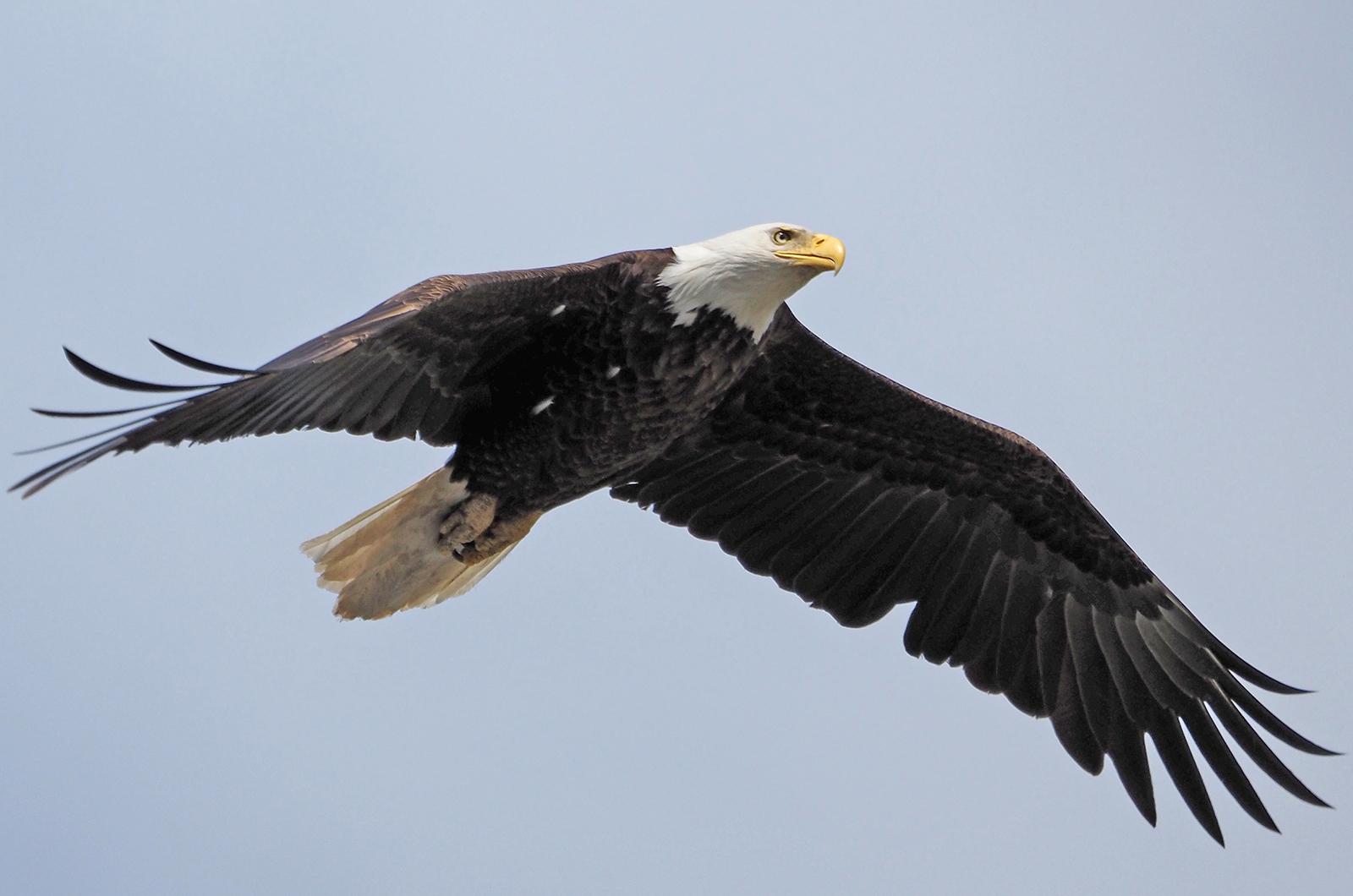
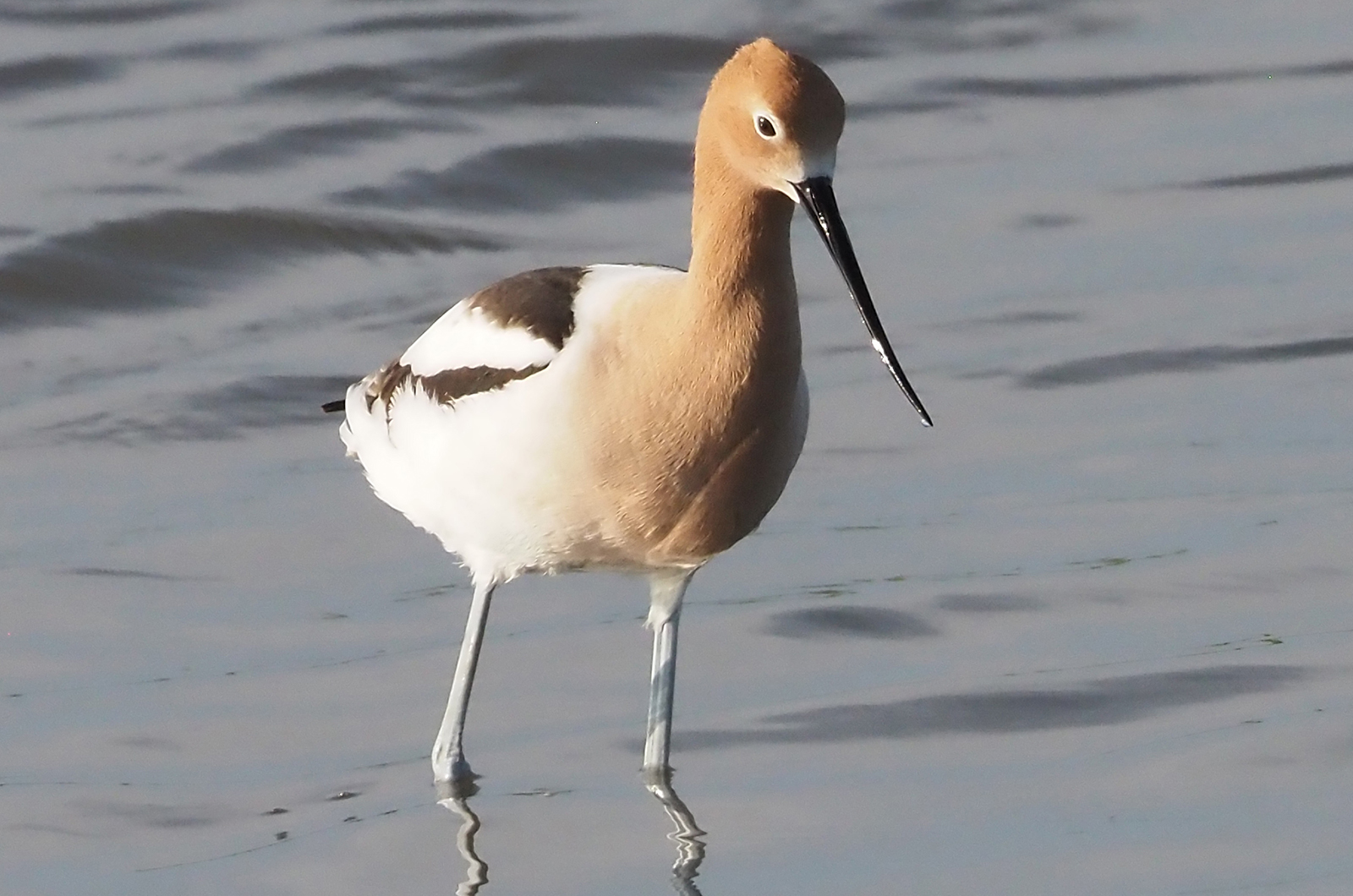
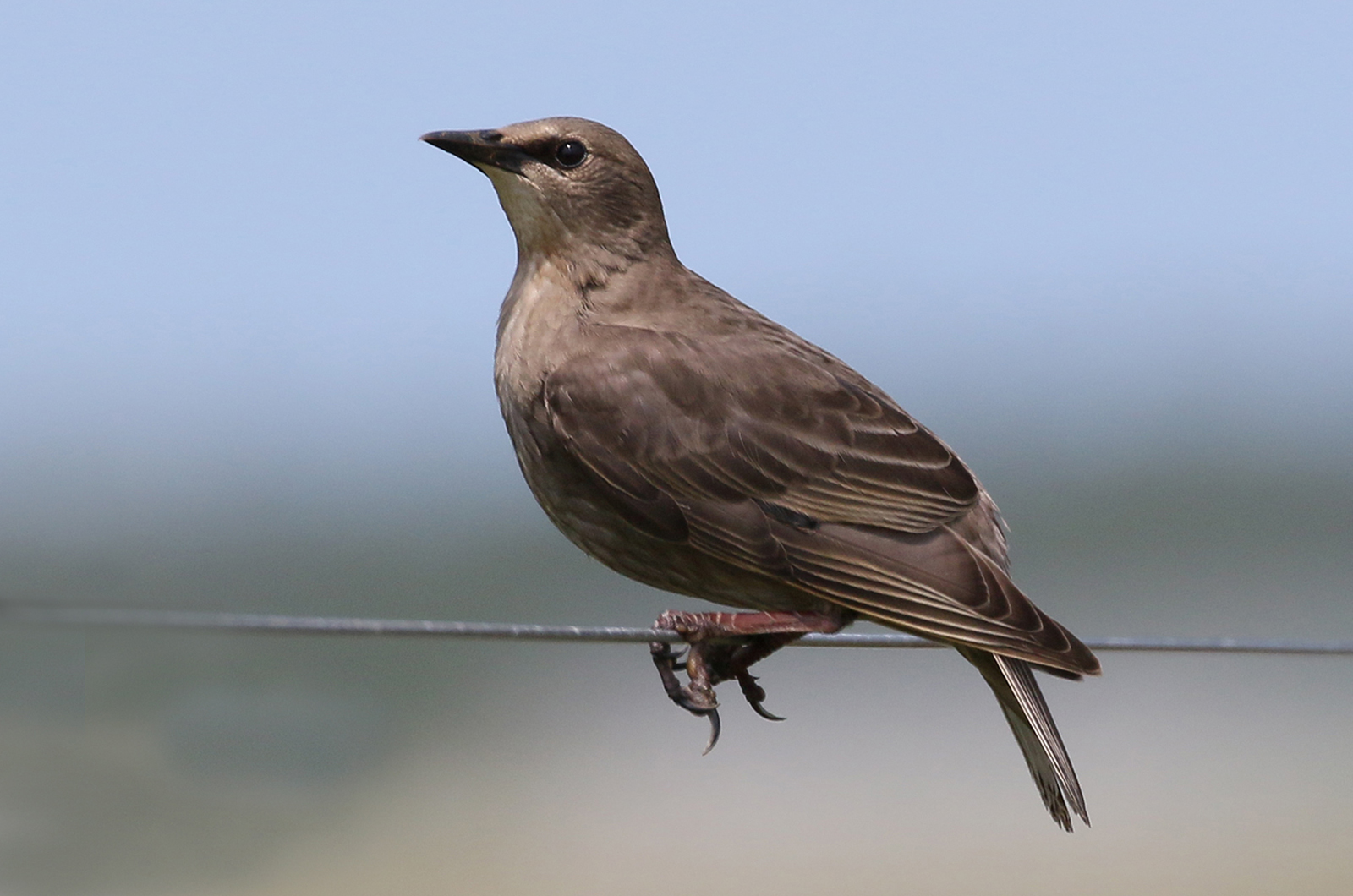
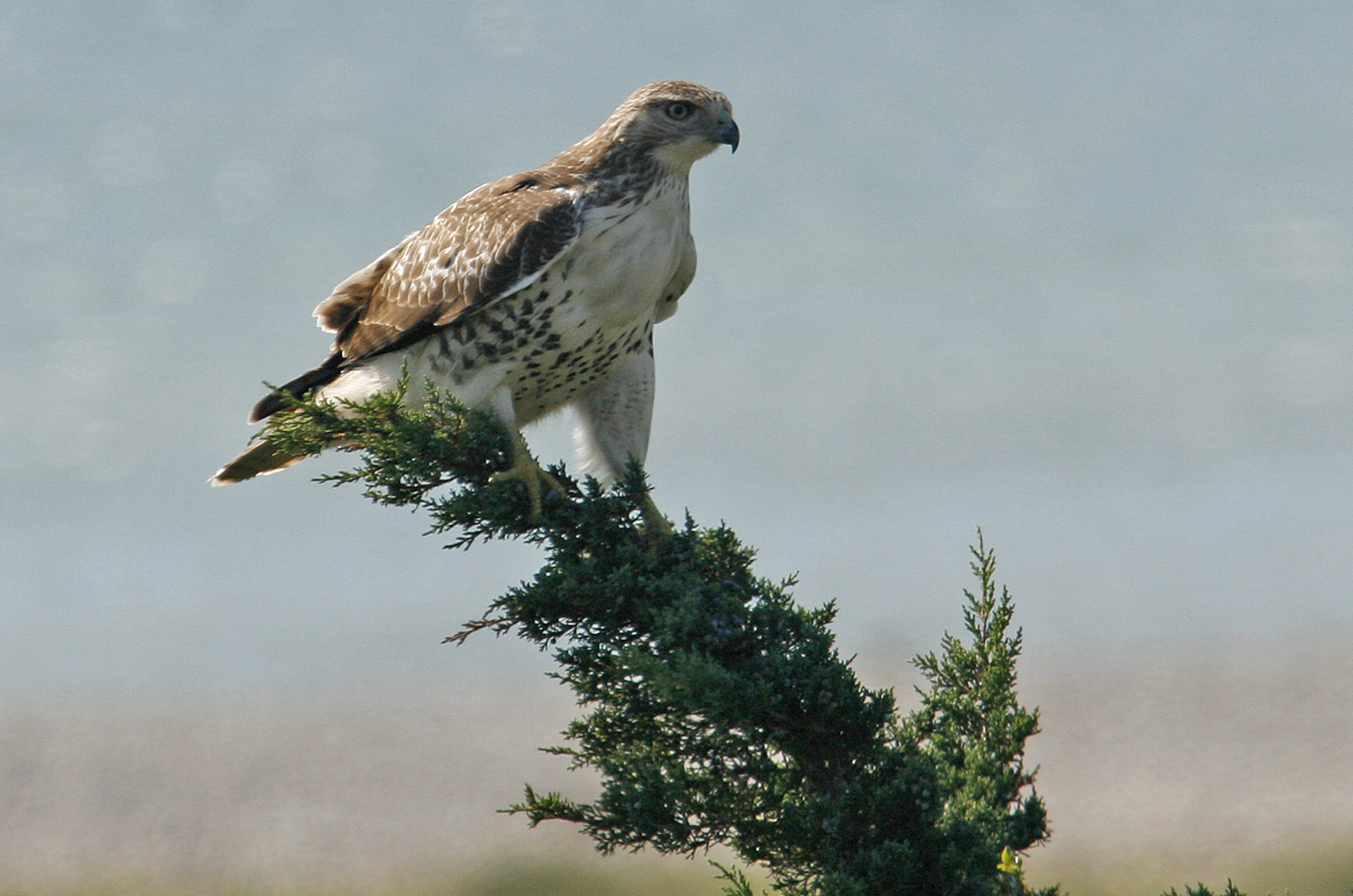
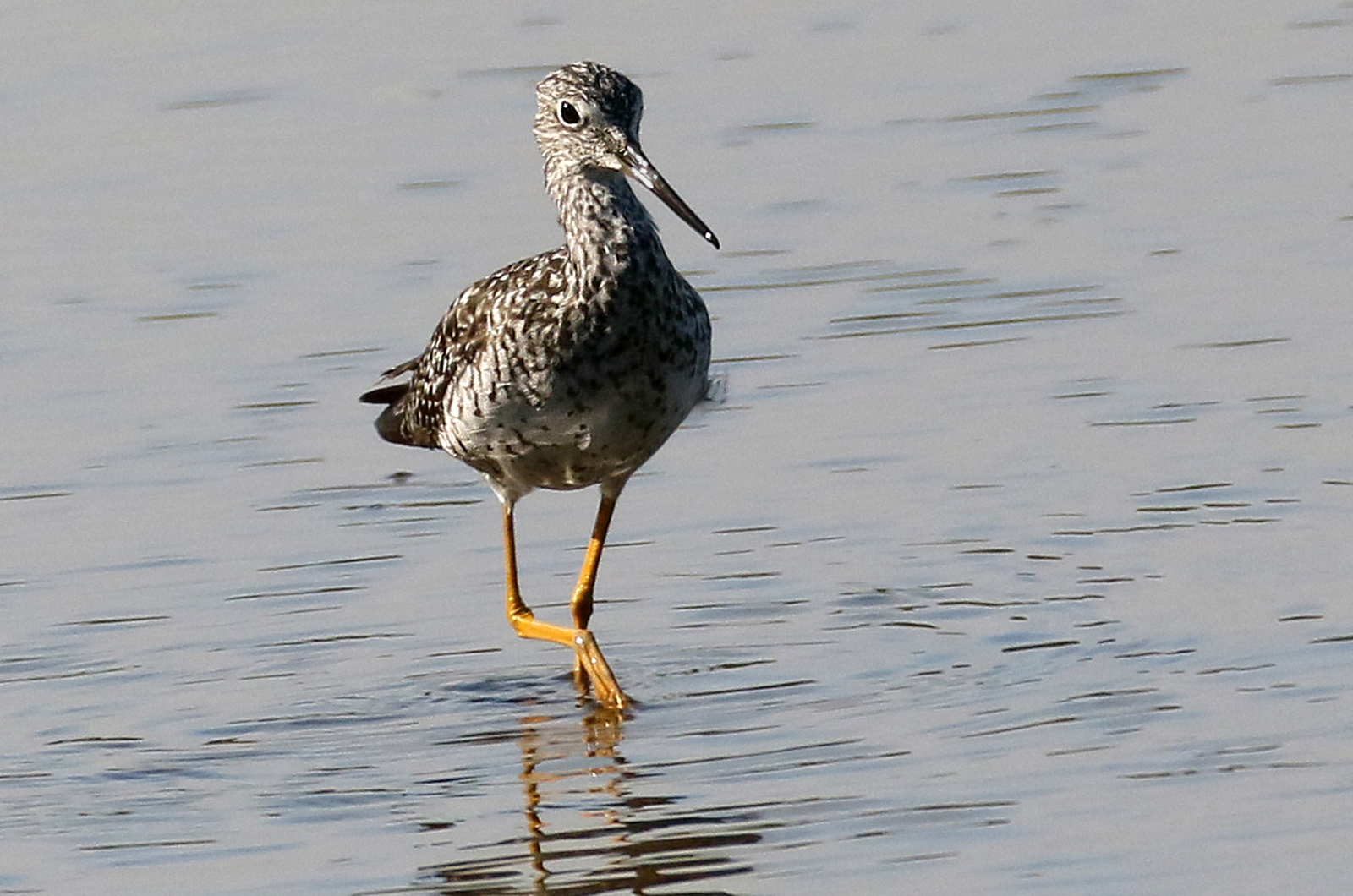


Comments
Comment policy »